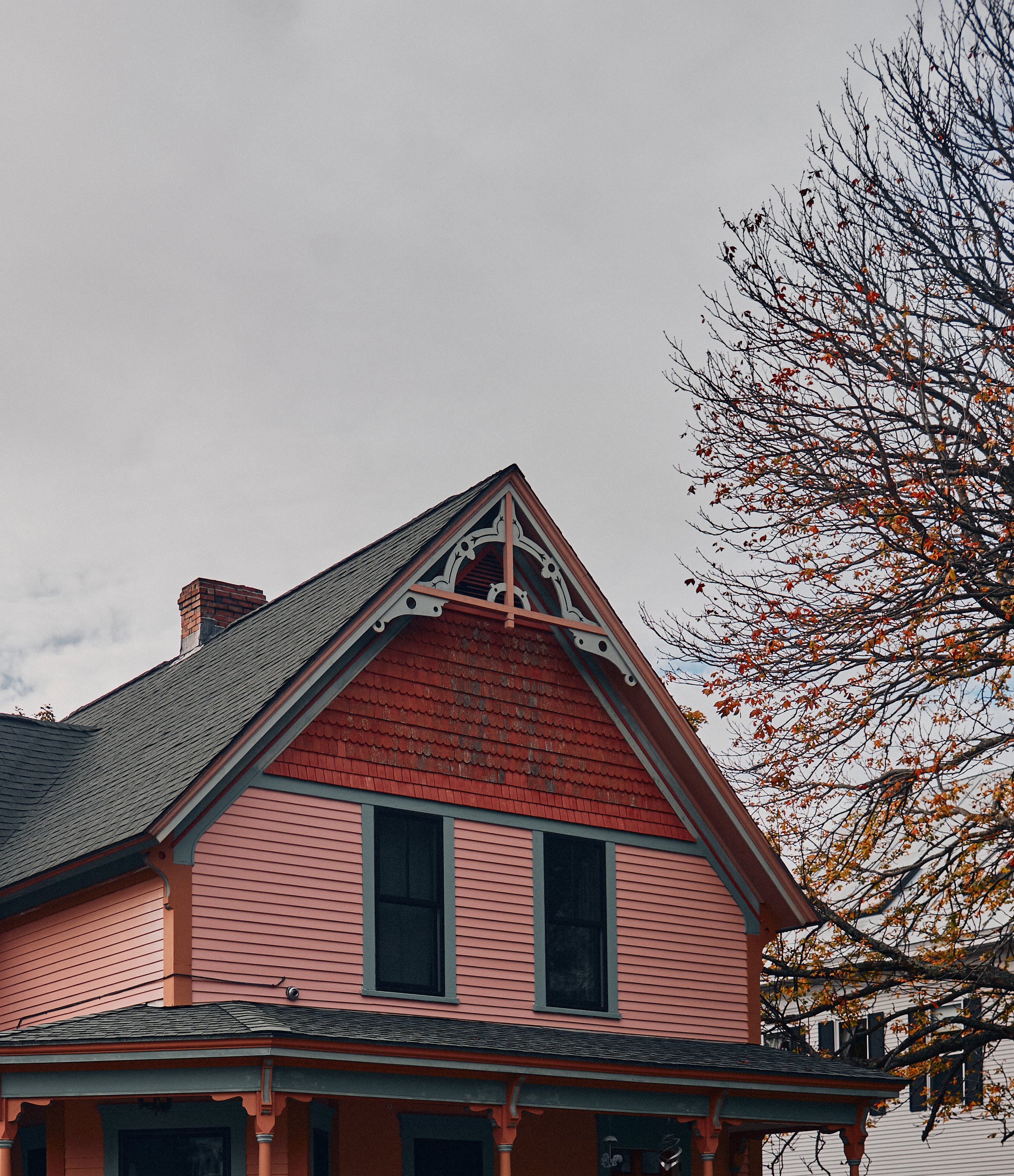HEAVEN AND HELL IN BAJA
Words by Forrest Minchinton | Photography by Mojave Productions
In order to be victorious, a desert racer must master the art of pain and suffering, and there’s no off-road race where that’s more evident than the SCORE International Baja 1000. Since 1967 the legendary race has been hosted on the Baja California Peninsula, a formidable place that has shaped my approach to life.
My father first took me to Baja as a young boy. It was shared with him by his mentors, as theirs had done for them. The location is not secret, but the lack of modern comforts, the threat of banditos, and the harsh desert environment discourage most fair-weather travelers. But for people like us, it’s a paradise hiding in plain sight, where you can surf waves in solitude and ride free on the endless unspoiled terrain.
Dad fostered in me an appreciation of the rugged locale and the rewards of a demanding existence, where you must learn to appreciate the joys of eating dirt, bracing winds and plucking barbed cactus from your foot with a rusty set of pliers. If you can’t fall in love with the suffering of Baja, then there is little that you will find attractive about this place or the legendary event that inspired our feature-length film, The Desert Said Dance.
It’s the story of four men who understand and appreciate the uniquely intoxicating anguish of Baja. Each of us has different motivations, backgrounds and varying levels of success in our racing lives: The Champion, Colton Udall. The Ironman, Derek Ausserbauer. The Racer, Nic Garvin. And me, The Dreamer. All of us underdogs from humble beginnings, united by motorcycles and bound together through an incredible experience— a brotherhood that could be formed and strengthened by a common goal and shared suffering.
Leading the team, Udall is a five-time Baja 1000 champion who was sidelined and semi-retired after a debilitating back injury. In search of redemption and a chance to relive his former glory, he shared his wealth of knowledge and experience with us, and our hero has now become our mentor.
Ausserbauer’s love for two wheels started at roughly 2 years old. He has entered the Baja 1000 for the past four years, coming up second on multiple occasions. But when a race team didn’t pan out, he decided to have a go at it solo as an Ironman and won the Ironman championship. This time, he’s going for the win with our team.
Garvin is our third team member and shares in that illusive dream of victory in Baja. Everything in his life is dedicated to racing, and he craves that championship more than anything else. He was introduced to Baja when he watched Robby Bell and Udall in the San Felipe 250 and rode the track the day after the race. For him, Baja represents freedom – and racing through those landscapes in isolation is his true happiness.
The cost of attempting this race is exorbitant, but the ultimate test of man and machine is what inspires people to spend their life savings to give it a go. Our passion came before any paycheck, and all four of us had a singular mission: to win. But we would soon be reminded that Baja always wins; if you try to beat it, it will crush you. Anyone can enter the Baja 1000, but not all those who do will finish. Some are not tough enough, others are not prepared enough, and sometimes Baja finds a way to take down the best of us, regardless of effort.
Unfortunately, some individuals pay the ultimate price and leave this world in their attempts to conquer it, but still, every year, people keep coming back for the challenge. To survive this race you must dance a very fine line between triumph and disaster, and only those who balance that line correctly will succeed. Those who can turn pain into enjoyment can carry on day and night, through the toughest of challenges, and those who do the dance just right might have a chance to win in glory.
The Desert Said Dance is about the subtleties of performance, the art of the machine, and the mammoth task of racing the longest, nonstop, point-to-point off-road race in the world. To the uninitiated, it will be a breathtaking introduction to the spectacle and sublime wonder of the Baja 1000, and the people who endure enormous hardship in a landscape like no other. With director Lincoln Caplice, producers Harrison Mark and Jam Hassan, cinematographer Andy Gough and editor Lucas Vasquez, we had the perfect band of misfits to make this incredible film. Our collective patience was tested and friendships were strained, but ultimately we emerged from the rawness of the desert with the biggest and best project of our lives, and memories that we will never forget.




































